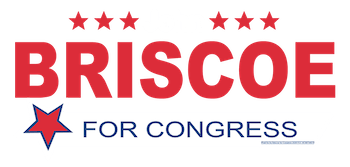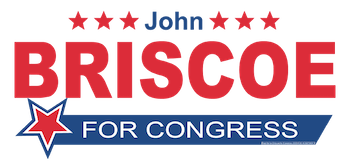The homeless problem in our communities of Los Angeles and Orange Counties is big and growing bigger. Today the ordinary resident must step over sleeping urine-soaked bodies strewn sleeping on our streets and sidewalks. Our parks can be seen filled with daytime sleeping homeless folks, “sleeping it off.” It is too much. We must put a stop to the rampant homelessness.
Being homeless is in and of itself not a crime; vagrancy laws citing “no visible means of support” are no longer enforceable. The majority of homeless folks are substance users and abusers including alcohol, marijuana, heroin, and many other illegal drugs. These drugs can be detected by various tests, both their presence and the amount of the intoxicant ingested.
It is illegal to be under the influence on the public streets and in public. Some cities like Huntington Beach even make it illegal to drink a can of beer on your own front porch! Our homelessness folks also are significantly damaged by mental illness. Many homeless persons suffer from both substance use and mental illness; they win the trifecta of conditions that destroy their lives.


